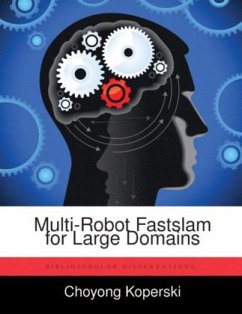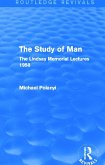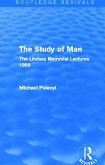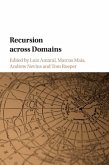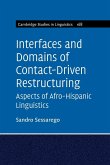For a robot to build a map of its surrounding area it must have accurate position information within the area and to obtain the accurate position information within the area, the robot need to have an accurate map of the area. This circular problem is the Simultaneous Localization and Mapping (SLAM) problem. An efficient algorithm to solve it is FastSLAM, which is based on the Rao-Blackwellized particle filter. FastSLAM solves the SLAM problem for single-robot mapping using particles to represent the posterior of the robot pose and the map. Each particle of the filter possesses its own global map which is likely to be a grid map. The memory space required for these entire maps pose a serious limitation to the algorithm's capability when the problem space is large. In addition this problem will only get worse if the algorithm is adapted to a multirobot mapping. This thesis presents an alternate mapping algorithm that extends this single-robot FastSLAM algorithm to a multi-robot mapping algorithm that uses Absolute Space Representations to represent the world.
Hinweis: Dieser Artikel kann nur an eine deutsche Lieferadresse ausgeliefert werden.
Hinweis: Dieser Artikel kann nur an eine deutsche Lieferadresse ausgeliefert werden.

